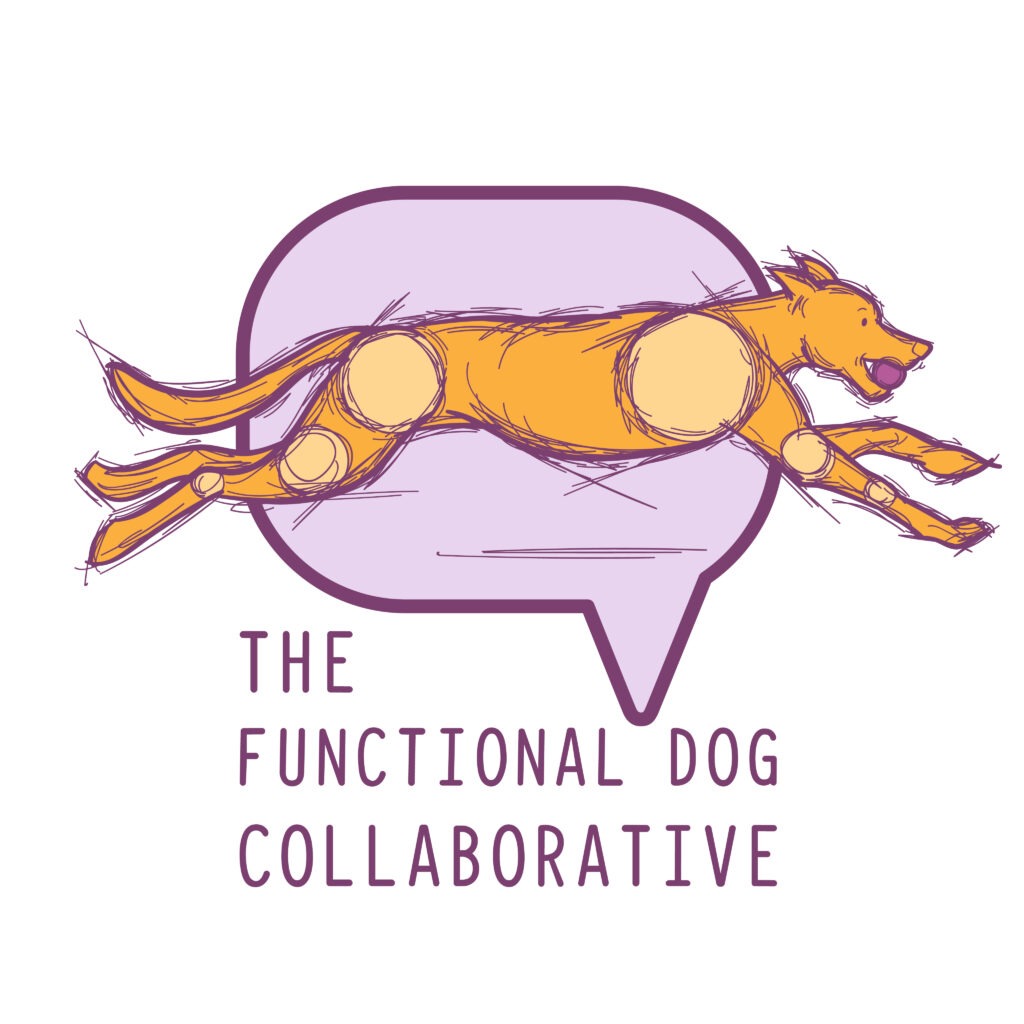Functional Thoughts
The Dog Breeding for the Future Conference: Peer Berg
The first day of the Dog Breeding for the Future conference convened on March 13, 2023, in Hurdal, Norway. It was a small group, about 50 people, all specifically invited for their particular contributions. Many were veterinarians and/or researchers.
The conference was organized by the Norwegian Society for the Protection of Animals. This group, the oldest animal welfare organization in the world, is attempting to change the culture of dog breeding to produce healthier dogs. Their approach is different from the Functional Dog Collaborative’s approach, and I’ll talk more about that in detail in a later post.
Day One was one fascinating talk after another. We’ll start with Dr. Peer Berg.
Peer Berg, PhD, Professor at the Norwegian University of Life Sciences, in animal breeding and genetics
Dr. Berg studies controlled breeding in small populations, and has been involved in crossbreeding projects in dogs. He also studies health and longevity. And he’s a dog person – he competes in rally with his dog. The title of his talk was “The Science Behind Genetic Health Programs.”
Dr. Berg talked about breeding objectives, schemes, and documentation, as the three important points to cover when making a breeding program plan.
Breeding objectives: what’s the goal of your breeding program? He suggests very specific objectives, and notes that these objectives should be re-visited and updated every ten years or so. He gave some example breeding objectives that might be chosen by a breed club, a breeding cooperative, or an individual breeding program:
- Reduce frequency of eczema by 5%
- Increase by 10% the frequency of dogs that live to 12+ years
- Keep or extend muzzle length, without allowing it to shorten
Breeding schemes: How do we reach our objectives? Dr. Berg is a big fan of estimated breeding values (EBVs) as a way of making educated decisions about who to breed in order to move towards your breeding objectives. Of course, EBVs aren’t available for many (if any) traits in dogs at the moment, despite being widely used in livestock breeding, but he advocates for their development at the breed level.
Dr. Berg warns against overuse of genetic testing to select against alleles that might be harmless in the heterozygous state, leading to population bottlenecks. (If you’re breeding in a limited population size and you are wondering whether to breed a dog who’s a carrier for a risk allele, you might want to consider getting a genetic consult.) He also warns against small populations – they are particularly strongly subject to genetic drift, meaning that risk alleles can rise to high frequency in the population just by chance. He said that in theory, acceptable effective population sizes are between 50-100 individuals, and that many dog breeds have a smaller effective population size than this, leaving them subject to drift.
Documentation: Have your breeding goals been reached?
Dr. Berg noted that while a lot of data is out there, there’s little documentation of inbreeding levels or health in dogs. He pointed to a paper using Guiding Eyes for the Blind data that documented the prevalence of unwanted diseases in that population. The paper showed the downward direction of all unwanted traits except noise sensitivity. (This population was managed with EBVs.) He suggests that careful documentation of the traits you’re seeing in your population is critical to evaluating successful change (and switching direction if what you’re doing isn’t working.)
Dr. Berg pointed at kennel clubs and breed clubs as the organizations best suited to take the lead on this sort of planning and documentation. (I’d add breeding cooperatives.)


